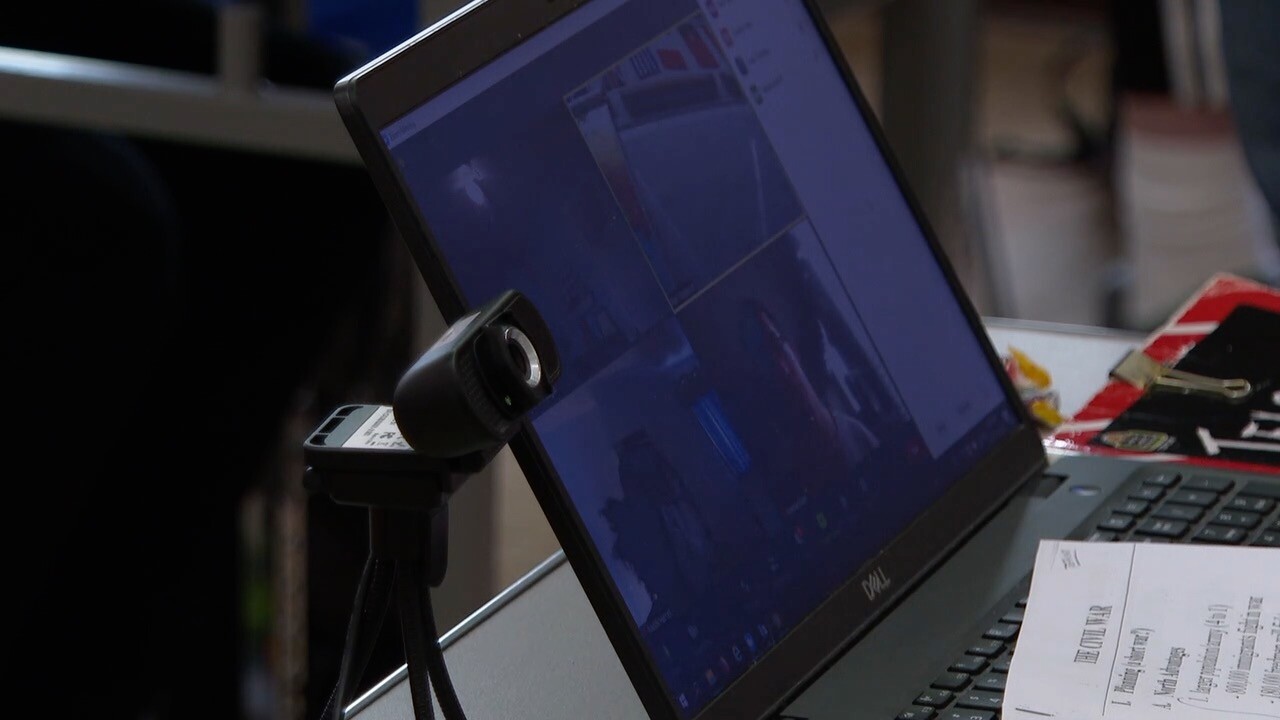When Kathy Stein decided to enroll her children for a full school year of virtual learning last summer, she admits she was not really sure what to expect.
“When we were choosing to send them back in-person or (virtual learning), there were still so many unknowns with COVID-19,” Stein said. “We really did not feel like it was the wise decision to send them back with so many unknowns.”
But looking back now, after getting through an entire virtual school year with Lakota Local Schools, she said she knows she made the right choice.
“Going back, I would not change our decision whatsoever,” she said. “I think (my children) are really proud of all that they accomplished and that they were really able to take ownership of their learning.”
With the school year coming to a close, many families like the Steins, teachers and school districts are taking a moment to reflect on what was undeniably a difficult time for education. But, while challenges facing school safety, learning and the overall unpredictability of the coronavirus pandemic are well documented, districts are quick to point out plenty of positive changes, as well.
Flexible learning formats
“As much as I learned about myself as an educator, these kids are learning just as much about themselves as students, which is really neat to watch,” said Erin Middendorf, a seventh- and eighth-grade science teacher at Lakota Local Schools.
Middendorf spent the entire 2020-21 school year as an instructor in Lakota’s Virtual Learning Option program. The district created its own virtual curriculum to support students and families who weren’t comfortable being back in the classroom just yet. Middendorf acknowledges some students did struggle with the virtual learning format but said many others were well-suited for the alternative model.

“With the flexibility, I was able to offer multiple modalities for the kids to use,” Middendorf said. “So on my modules, the kids would have ways to learn visually; there was auditory ways; we would do online labs where they could do hands-on things. So I was able to address all kinds of learners.”
That kind of customized teaching style and personalization for individual students was a major goal going into the school year for Lakota Local Schools.
“[We] have something that’s very student-centered, gives choices to kids to be able to learn at their own pace,” Keith Koehne, the district’s executive director of curriculum and instruction, told WCPO in September. “It also provides opportunities at our high schools to be able to provide online course options in addition to the ones that we have in person.”
It was that individualized approach that Stein said helped her two children in the virtual learning program do exceptionally well in school this year. Her son, Douglas, is finishing third grade in Lakota and her daughter, Melanie, is in first grade.
“The structure of it worked really well for my kids,” she said. “There was a lot of individualized instruction because of the setup of virtual learning, so they really were able to excel this year.”
Necessity leads to invention
Over the course of the school year, educators have pointed to a few other changes the pandemic forced districts to make that they said are a sort of silver lining.
“In my mind, school as we left it — I don’t think it will never look like that again,” said Stacey Hill-Simmons, principal at Cincinnati Public Schools' Evanston Academy.
She said the ways schools and teachers have found creative, intentional methods to use technology in education will not only stick around but continue to grow.
“I think that is something that will carry forward and will have to be a part of our work because that’s where the new generation is going anyway,” Hill-Simmons said.
Opening new lines of communication
Another frequently cited outcome from COVID-19 that should have long-lasting positive effects is improved communication between districts and families. With so much up in the air and so many changing factors influencing decisions, many districts in the Tri-State and across the country had to work hard to keep parents, students and staff in the loop.
“I think we’ve communicated differently with families and with parents,” Dr. Ginni Fair, Dean for the College of Education at Northern Kentucky University, told WCPO in March. “I think we’ve been a little bit more intentional about that. I think that’s a good thing. I think we’ve come together as a community.”
Educators said they are now looking at all the positives to come from the pandemic and figuring out how to integrate those aspects into the educational system to be sure they last long past COVID-19.
Lakota and some other schools are still offering a fully virtual learning option for families next year. Teachers said some of the beneficial aspects of virtual learning will be able to translate to the traditional classroom model, as well, hopefully improving education for all students.



